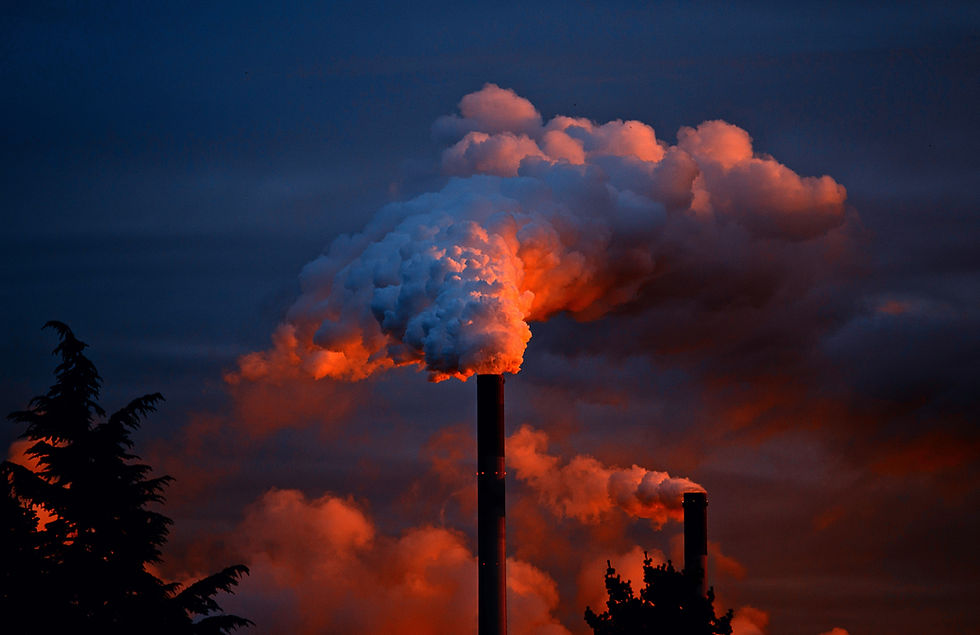European strategy for plastics recycling: guidelines and targets to be achieved before 2030
- Soluzioni Plastiche

- Jun 9, 2020
- 3 min read
Updated: Jul 7, 2020
We cannot live without plastic, but that does not mean that we should not regulate its use and disposal or that we cannot build an economy that makes the recycle profitable.

It was 2018 when the European Union drew up the "European Strategy for Plastics in a circular economy", a set of guiding standards on plastics and the environment that will influence decisions in the coming years. The Commission's objective is to increase four times the capacity to sort and recycle plastics by 2030 creating, in this way, 20,000 new jobs.
The idea of the then Vice-President of the European Commission Timmermans provides various incentives such as measures for the delivery of waste caught into the sea to ports or projects about eco-design for packagings.
On the other side there are restrictions on the composition of plastic packaging, which must be recyclable or reusable by 2030, and regarding the amount of material to be recycled that must be at least half of the plastic waste produced in Europe.
Another point included in the European Strategy is to increase resources for research and innovation; for this reason, 100 million euros has been set aside to innovate recycling processes and develop new biodegradable materials.
From 2018, many companies are already working to follow these guidelines. In specific terms, today we are going to talk about four companies operating in the beverage sector.
1. COCA COLA
James Quincey, president and CEO of The Coca-Cola Company said, "The world has a packaging problem and, we have the responsibility to help solve it".
That's why Coca-Cola is working to encourage the collection and recycling of its packaging by 2030 with the aim of having fully recyclable plastic packaging and bottles made from 50% recycled plastic in 10 years. In addition, the company will extend this objective to the various markets in which operates by recovering bottles and cans from other companies.

To do this Coca-cola has set up the "World Without Waste" project in collaboration with partners such as the Ellen MacArthur Foundation.
2. PEPSI
Coca-cola's main competitor, PepsiCo, has also announced for some of its controlled brands the initiative to reduce the consumption of virgin plastic by replacing it with recycled PET. In particular, thanks to this choice, the bottles of mineral water Lifewtr will be made entirely of rPET and will allow a reduction of 11,000 tons of Co2 per year.
These decisions follow the PepsiCo's environmental plan to use only fully recyclable or compostable packaging by 2025 and to increase the recycled content of all plastic packaging to 25%.

3. GRANAROLO
It is an italian initiative by Granarolo to put on the market milk bottles made with 20% recycled PET.
Granarolo is introducing the group's new policy towards a circular plastic economy, recalled by the EU commission, into its production system and consecutively into the market.

This process involves sorting and disposing of the PET milk bottles and then sanitising and reinserting them into the production process to become new bottles.
The environmental value of the new bottle will also be highlighted on the label, which will include information messages regarding the recycling of containers at the end of their life.
4. DANONE
Evian, the mineral water brand of the Danone group, has also announced its commitment to become "100% circular" by 2025. The group's main objective is to use only bottles produced entirely from recycled plastics and also to reduce the carbon footprint due to packaging production.
To achieve these goals, Evian has worked closely with the Ellen MacArthur Foundation, and with regards to industry partnership has collaborate with Loop Industries, with whom they have developed technology for the continuous and large-scale recycling of PET waste into bottles.
This technology involves the chemical depolymerization of PET and polyester waste, which is then transformed into the original monomers without modifying its properties.

Sources:
European Strategy for Plastics in a circular economy: https://www.polimerica.it/articolo.asp?id=19254








Comments